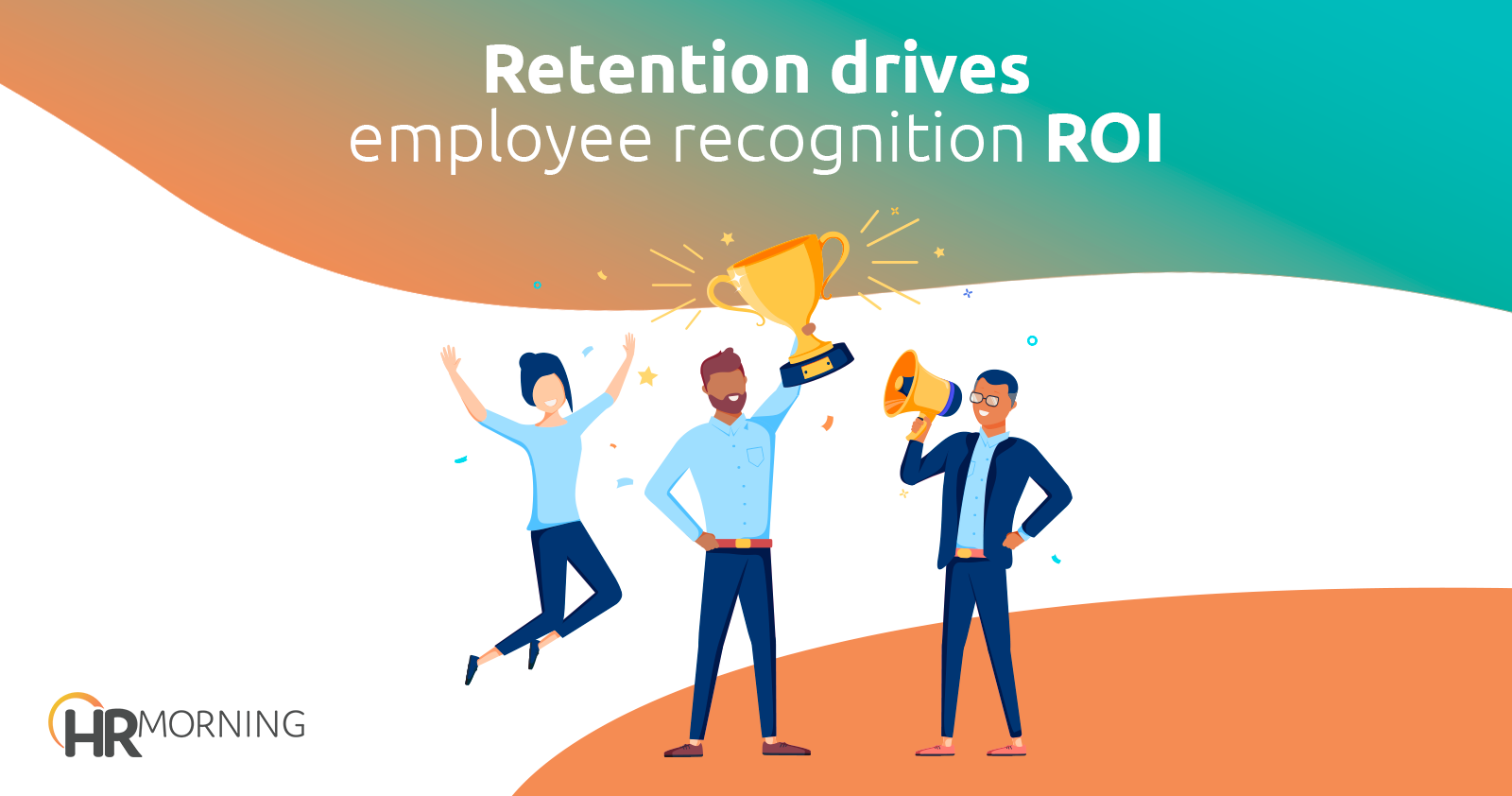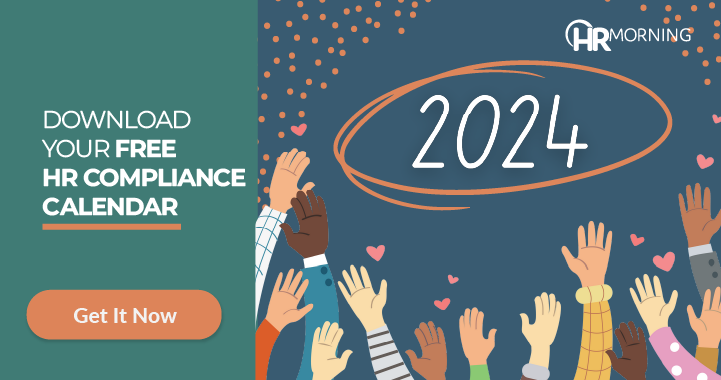Even as some surveys show that about 65% of workers in North America say they aren’t actively looking for a new job, many of them also report they are not engaged at work. But that doesn’t mean you can relax with your employee retention efforts.
Most of those folks are probably sticking around because they are uncertain about which way the economy is headed.
But, since they aren’t getting a lot of satisfaction working for you, they are open to other opportunities that might come around.
At the same time, your company and your competitors are trying to make the most of the current economic upswing while it lasts and are still hunting for the best workers.
That creates a double-edged employee retention problem for employers.
Many workers you might not miss aren’t feeling very loyal and are sticking around just for the paycheck. They’re bored but safe. As soon as things look promising, they’ll be back on the job websites.
Worse, while they are at work, they are creating an atmosphere that drags co-workers down into the same “meh” attitude.
Meanwhile, retaining your top performers remains a challenge as they’re still seeing offers interesting enough to make them jump ship.
The good news is you can attack both problems using the same tool – an effective and sustained employee recognition program.
Even better news? Employers who’ve invested in employee recognition programs and technology to support and measure those programs say they can quantify links between recognition, engagement and employee retention.
By the numbers
Let’s get the bad news out of the way first.
In a survey conducted by leadership training company OGO Lead, 82% of employed Americans said they didn’t feel their supervisors regularly recognized their contributions.
That tracks pretty well with findings from recognition platform vendor Achievers – only 9% of the workers they surveyed ranked their managers “awesome” at recognizing their contribution.
But 26% of those same workers ranked recognition in the top three factors for staying in their job and about 20% pointed to a lack of recognition as the main reason they’d consider leaving for a new job.
And the folks who are staying put but doing just enough every day? OGO reports 40% of workers they surveyed said they’d put more energy into work if they were recognized more often.
What does that mean in dollars? A Gallup study put the cost of employee disengagement at work at $960 billion to $1.2 trillion in lost productivity a year in the U.S. alone.
The business analysis and advisory juggernaut has more bad news: Replacing an employee who quits runs from one-half to twice the person’s annual salary, bringing the cost of “voluntary turnover” at American companies to $1 trillion.
Astounding figures sure to get anyone’s attention. Even so, dollar figures that start with a T are pretty abstract.
You’ll need more grounded numbers to get leadership’s support to launch and sustain an employee recognition program that’ll help stem turnover at your organization.
Critical factors: support from the top and bottom-up recognition
Here’s some information that will help you make your case that recognition is key to employee retention:
A Midwestern grocery chain needed to stem the brutal turnover rates typical of the retail industry. With more than a hundred locations following a series of acquisitions, however, it knew that running different programs at each store and warehouse was never going to be affordable — or effective.
To justify the investment required to build a program, it needed to develop a centralized, standardized program.
That would help all employees understand that employee recognition was a core part of the company’s culture and mission.
They would all use the same tools to recognize each other and to see how colleagues’ work was helping drive the business.
By elevating and praising great work, the program helped to drive co-workers to emulate their colleagues and strive to be recognized themselves.
The company appointed corporate and local champions with responsibility for making it a success.
Engaging workers and the CFO
And that went both ways – keeping the program fresh and workers engaged and sustaining executive buy-in over the long term.
To keep the investment coming, the employee recognition program had to be connected directly to business goals, results and strategy and be able to change along with them.
The program champion told an HRMorning webinar audience that, for an employee recognition program to elevate a business in a meaningful way, it must be continuously tied to the overarching goals of the business.
And the champion, usually an HR pro, has to have a seat at the strategy table.
“It’s mission critical for the program champion to not only understand the entire landscape of the company but to be connected to what’s going on,” she said, “so you’re really able to constantly re-evaluate what’s relevant to the business that recognition could help drive.”
In addition to giving employees a great way to recognize each other for great work, the retailer solicits feedback from employees and incorporates their ideas into programs as much as possible.
The company has also made training on the employee recognition platform a required part of their onboarding process.
And it evaluates managers based on the percentage of direct reports who are active on the platform and the percentage who receive recognition over the course of the year.
Showing results in engagement and retention
When it is time to convince leadership to keep investing in employee recognition, metrics are the key.
For this retailer, teams receiving more frequent recognition have better engagement scores.
Teams with positive engagement scores say they feel more valued through that recognition.
And teams who say they feel valued lose fewer workers to voluntary turnover.
HR is able to show that, when recognition goes up in a location, engagement scores go up and turnover goes down. Recognition equals retention.
As a specific example, company metrics show that, at locations where managers recognize 1.8x more than their counterparts, the company sees up to 40% less turnover.
And by sharing the data across the organization, managers can see how they stack up and take steps to increase recognition and improve retention.
“They can look at all the other data including this recognition data for those locations and recognition tends to be something that they can easily control,” the company champion explained, “They can easily put a campaign together and help drive retention at their location. So it’s something that they have a lot of control over that makes a big impact.”
Best practices drive best results
This is just one company’s experience, but it highlights a number of best practices for leveraging employee recognition to improve retention:
- Tie employee recognition programs to business goals, results and strategy
- Find a champion who can manage the program and keep leadership committed. You can’t launch it and leave it
- Use the employee recognition program to drive desired behavior across the organization – what’s recognized gets repeated.
- Measure and quantify the return on your employee recognition program investment. Employee recognition drives engagement. Engagement drives performance and retention. And that translates into making and saving real money.



